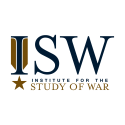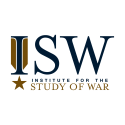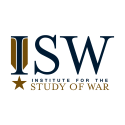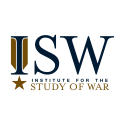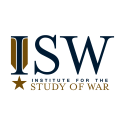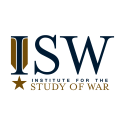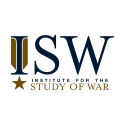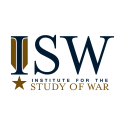Russia and China Look at the Future of War
Sep 14, 2023 - ISW Press
Russia and China share a common modernization objective: achieving dominance in decision-making in future wars. Both states are struggling to improve their military personnel quality and integrate the lessons from the wars of the past two decades. Russia is attempting to innovate within a narrower band of military doctrine and operations while addressing the early failures of its Ukraine invasion. China aims to use new doctrine, technology, and integration of civilian expertise with the People Liberation Army (PLA) to leapfrog over US military superiority. The United States must assess the threat from China’s and Russia’s modernization efforts and seek to exploit their respective blind spots and weaknesses.


